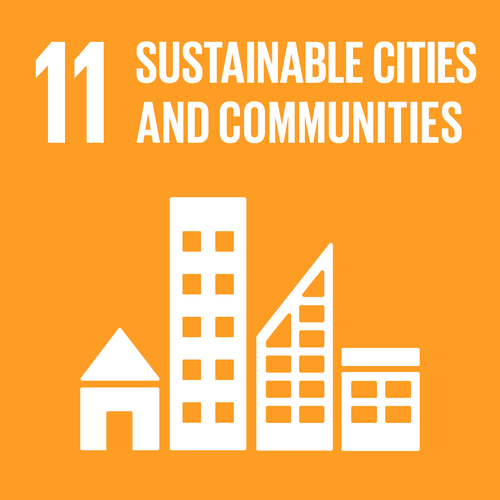On first glance, the connection between astronomy and the United Nations Sustainable Development Goals (SDGs) may not be obvious. However, any human endeavor can be connected to a corresponding SDG, and astro-tourism, which relies on science to improve the economic conditions of remote areas, is particularly so.
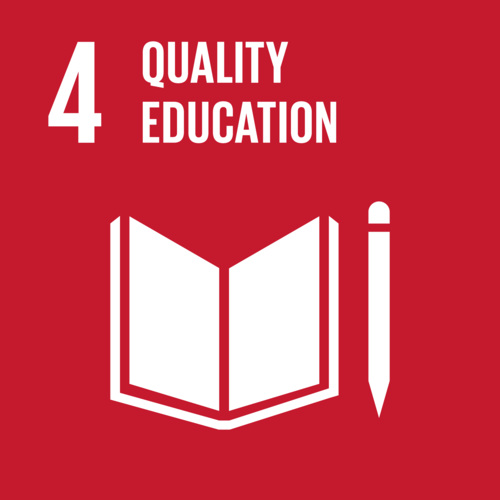
40 schools across Ladakh have defunct Astronomy Labs which we are reviving to promote STEM education. Fraction of Ladakhis opting for science in higher education is quite small. We are undertaking a massive project to identify, document, publish traditional astronomy knowledge of Ladakhi, will be in school textbooks.
16 of the 24 astro-tourism guides trained among villagers are women. We have helped Govt of Ladakh install 7 small observatories across the state of Ladakh to promote astro-tourism elsewhere too. These will be linked with local schools and run by local communities.
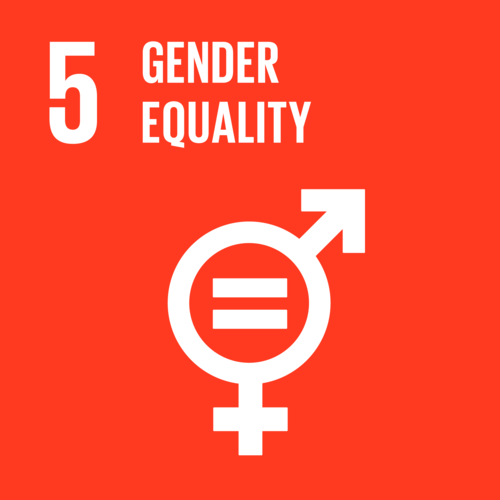

Local villagers trained as astro-tourism guides earn from showing tourists through the telescopes (funded by govt). Number of home-stays run by villagers increased from 6 to 40+ since 2021, with supplementary service industry for tourists
Region lacks power after evening, no internet, underdeveloped services due to remote and inhospitable terrain. Govt of Ladakh is planning to improve local infrastructure inside HDSR to aid astro-tourism.
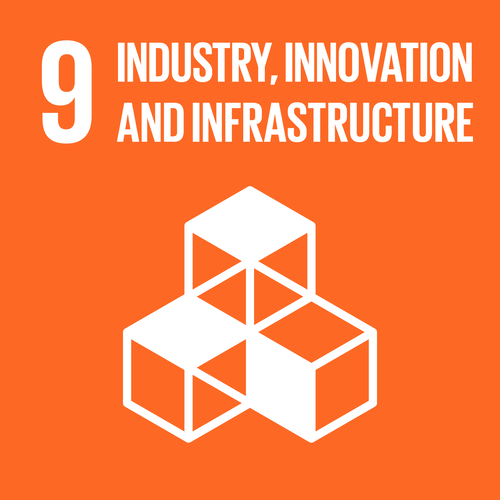
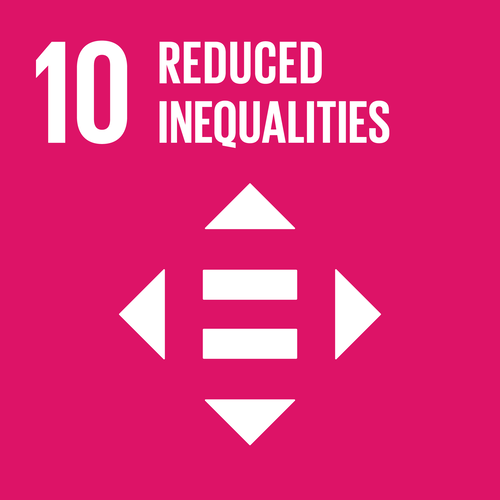
The youth (varied in education) have been trained as astro-tourism guides and are self-employed. Increased monetary inflow to all villages. Shift away from labour intensive work, transformation to science-driven economic activity among erstwhile nomadic community
Astro-tourism is sustainable, if dark skies are preserved. Astro-tourism in conjunction with nature tourism, develops into science-tourism. Low-carbon footprint region, observatory is solar powered. HDSR is inside the ecologically sensitive Changthang Wildlife Sanctuary.
